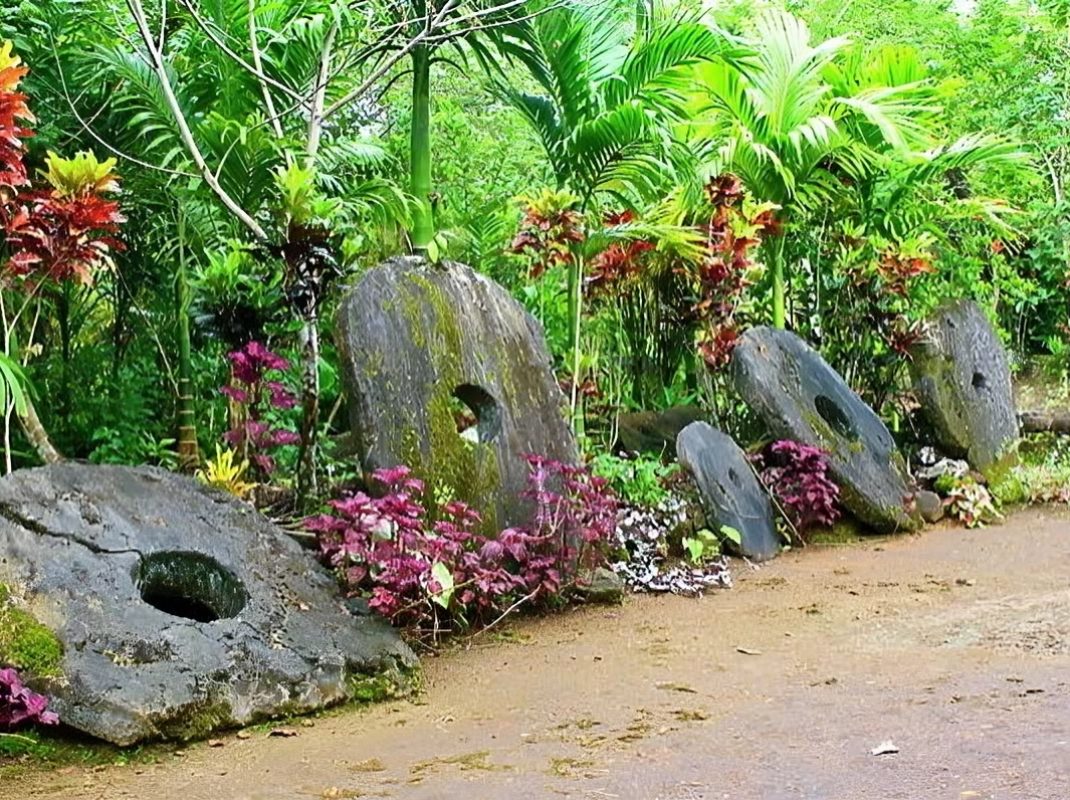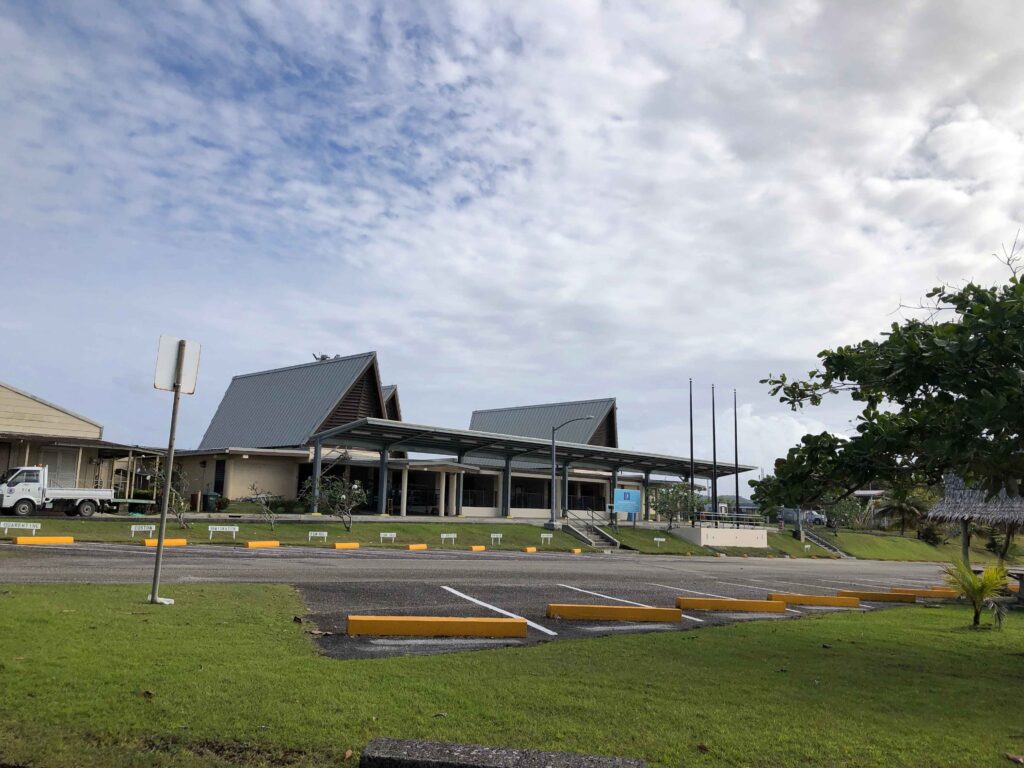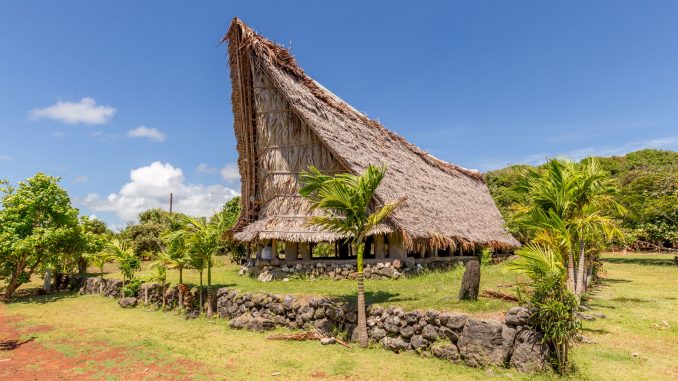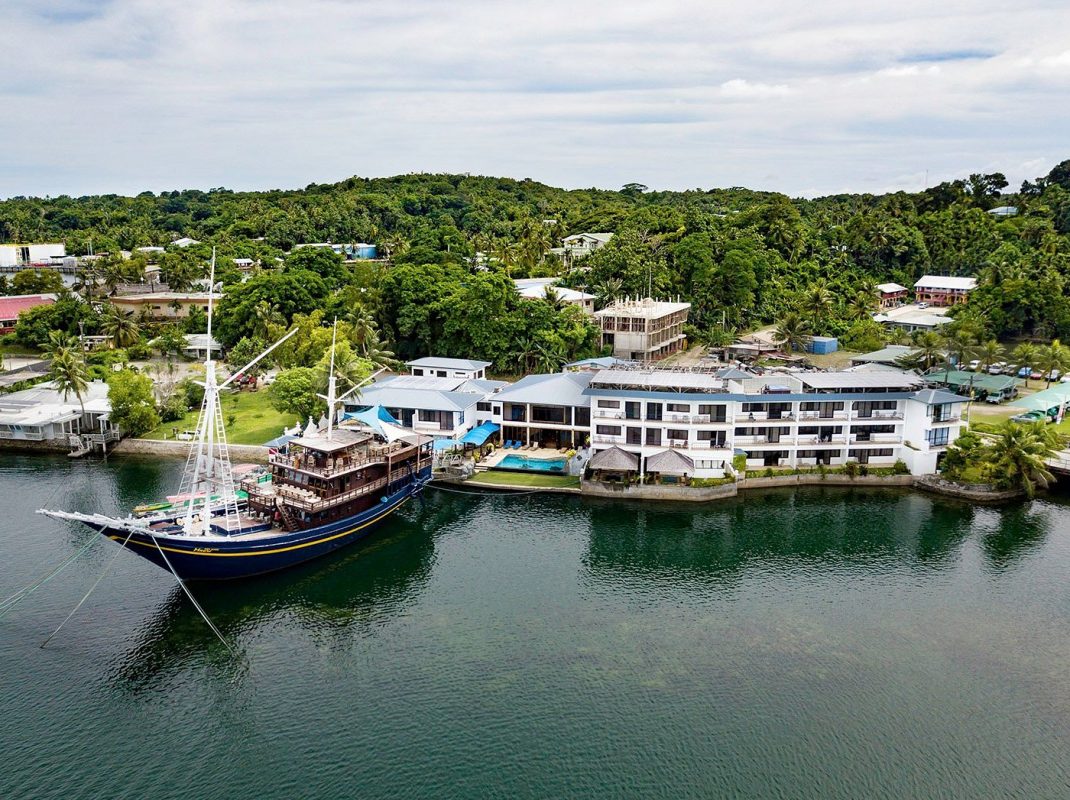- Call on : (+021) 157 489
- Open Hours : Mon-Fri 08:00 - 15:00
TOURISM
- Home
- Tourism
Leading Yap State with innovation and integrity
Yap State, a vital component of the Federated States of Micronesia, is renowned for its unique blend of rich cultural heritage and modern governance. Located in the Western Pacific Ocean, Yap offers a distinctive environment where tradition meets progress.
The state’s commitment to preserving its cultural identity while embracing contemporary opportunities creates a dynamic atmosphere for both residents and visitors.
- Safeguarding and celebrating Yap's rich traditions and heritage.
- Fostering business opportunities and sustainable development.
- Ensuring transparent, inclusive, and responsive governance.
Most Memorable Places
It seems like you might be referring to historical places in Yap, a group of islands in Micronesia known for its rich cultural heritage.

Yap International Airport
Yap International Airport is the only airport in operation on the island of Colonia. It was finished on the island of Yap and opened for business in 1988. Originally known as Colonia Airfield, the Japanese constructed the former (Old) Yap Airport during World War II and finished it in May 1944.
Yap Stone Coin (Rai Stone )
Originally the name "rai" was used in the northern part of Yap and "fei" in the southern part. The names are also transcribed as "rei" and "fai", respectively, and are often capitalized. In Palau, the stones are called palan.In the 20th century, the name "fei" fell into disuse.According to one version, about 500–600 years ago Anagumang, a Yapese from Tomil island, was instructed by the divinity Le-gerem to travel by boat with seven companions to the mythical island of Magaragar south of Palau, where they found a sparkling stone.


Gael Island
Gael is one of Yap’s outer islands, known for its historical significance, particularly in the context of traditional navigation and voyaging. The island is part of the larger cultural heritage of the region, including the Yapese navigational practices that have been passed down through generations.
Yap Traditional Meeting Houses (Faluw)
A meetinghouse or several were a common feature of Micronesian communities. These functioned as hubs for social interaction and as venues for organizing neighborhood events. In Palau and Yap, the meetinghouses were most numerous and ornate. Meetinghouses were predominantly utilized by men in Palau, Yap, and the western atolls, but farther east, women and children also sometimes entered them uninhibited. Another significant type of construction in Micronesia was the canoe home.

